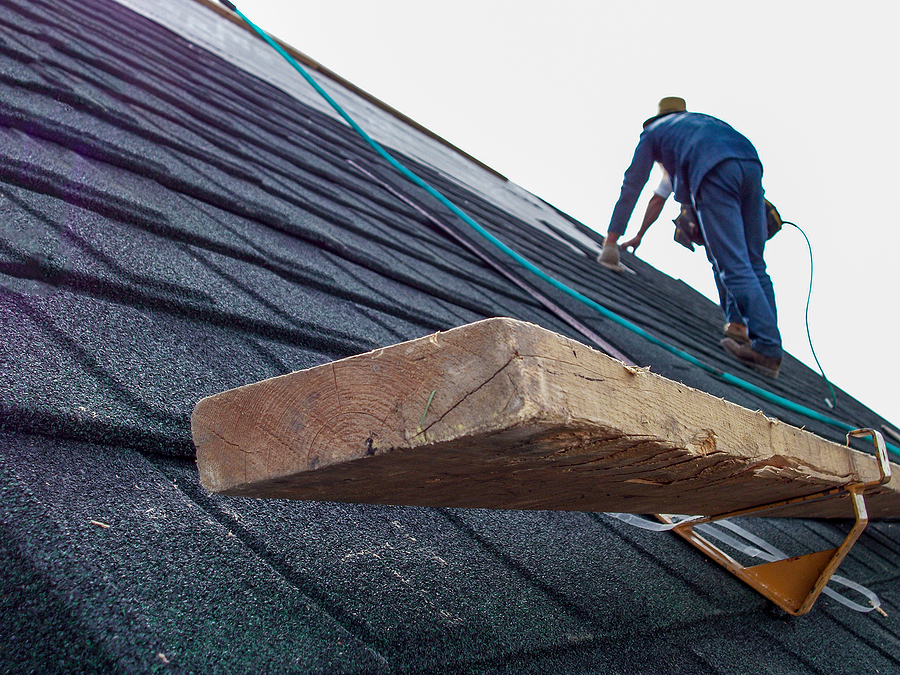Boosting Your Home’s Energy Efficiency: How Exterior Upgrades Can Help
When considering investing in home improvements, upgrades that increase energy efficiency can be incredibly beneficial. Not only can they make your home more environmentally friendly, but they can also help you save money on your energy bills.
However, when homeowners think of energy-efficient upgrades, they often think of interior projects like insulation and window treatments. Many don’t realize that exterior upgrades can also help to boost your home’s energy efficiency. The following are a few examples of exterior upgrades that can increase your home’s energy efficiency:

Install New Windows
Older windows can be a significant source of energy loss. If your windows have experienced wear and tear over the years, they may have air leaks resulting from gaps or cracks around the frame. They may also only be single-pane windows, which means that air is more likely to pass through. As a result, you’re losing heat during the winter and air-conditioned air during the summer while outdoor air is coming in.
If your windows are more than ten years old, consider replacing them with newer energy-efficient ones that feature insulated frames and double or triple panes filled with an inert gas like argon. This will help keep the air generated by your HVAC system from escaping outside, and it will also prevent outdoor air from entering your home.
To ensure that your new windows are as energy efficient as possible, look for the Energy Star rating. According to the Department of Energy, you can save as much as $125 to $465 dollars on energy costs per year simply by upgrading to Energy Star-rated windows.
Upgrade Your Siding
If you have an older home, chances are good that your siding is made of wood, vinyl, or stucco—all of these materials aren’t as energy efficient as they could be.
To increase your home’s energy efficiency, consider investing in insulated siding. This type of siding not only has a layer of insulation built-in, but it also has a tighter fit than traditional siding. This means that there is less space for outdoor air to enter your home while indoor air is kept inside. In addition to helping cut down on energy costs by reducing energy waste, higher-quality insulated siding can also cut down on noise coming from outside.
Installing energy-efficient siding isn’t just good for the environment and your wallet—it can also improve your home’s curb appeal. There are many different types of insulated siding available, so you’re sure to find a style that complements the look of your home.
Upgrade Your Roof
The roof of your home is one of the most critical components when evaluating energy efficiency. If you have an old or damaged roof, it could be costing you money in energy bills every month. Replacing your old roof with a new one made from energy-efficient materials is a great way to reduce heat loss in the winter and keep your home cool in the summer.
There are a lot of ways that a new roof can improve your home’s energy efficiency. For example, if you live in a colder climate, darker-colored shingles will help absorb heat, whereas lighter-colored shingles help reflect heat, making them perfect for a warmer climate. Additionally, newer roofing materials are much more durable and less likely to be damaged or torn off by the wind, which means your roof will be less vulnerable to the weather.
Improve Your Home’s Energy Efficiency By Investing In Exterior Upgrades
Investing in exterior upgrades for your home can have a major impact on its energy efficiency. By replacing old windows, siding, and roofing materials with newer, more energy-efficient materials, you’ll be able to reduce the amount of energy that is wasted through air leakage and insulation issues. Not only will this save you money on your energy bills, but it could also improve the look of your home.
For more information about how we can help you with energy-efficient home improvements, contact All-Nu Construction today.

